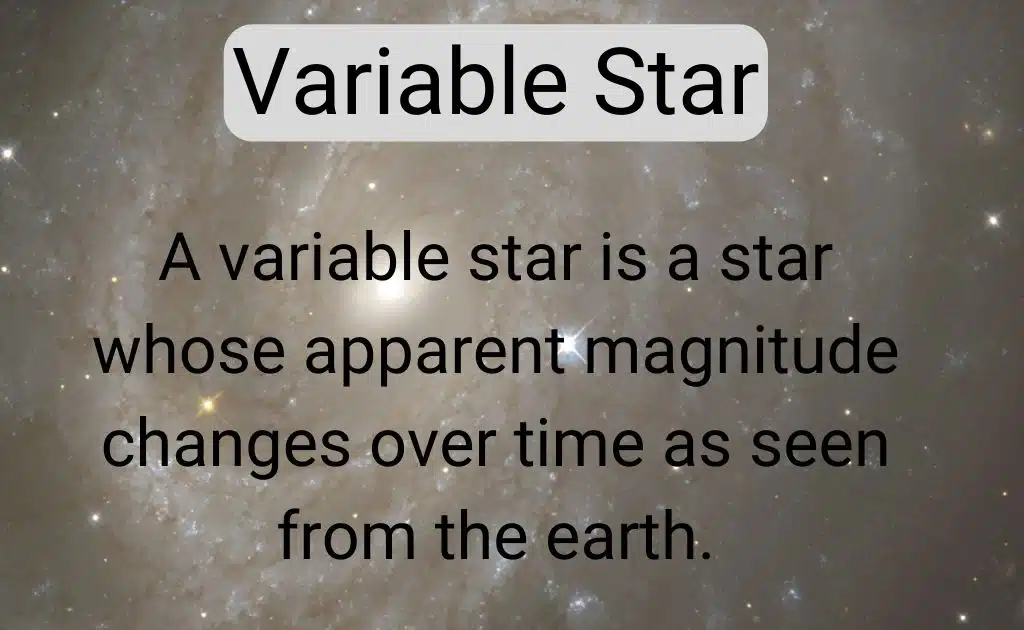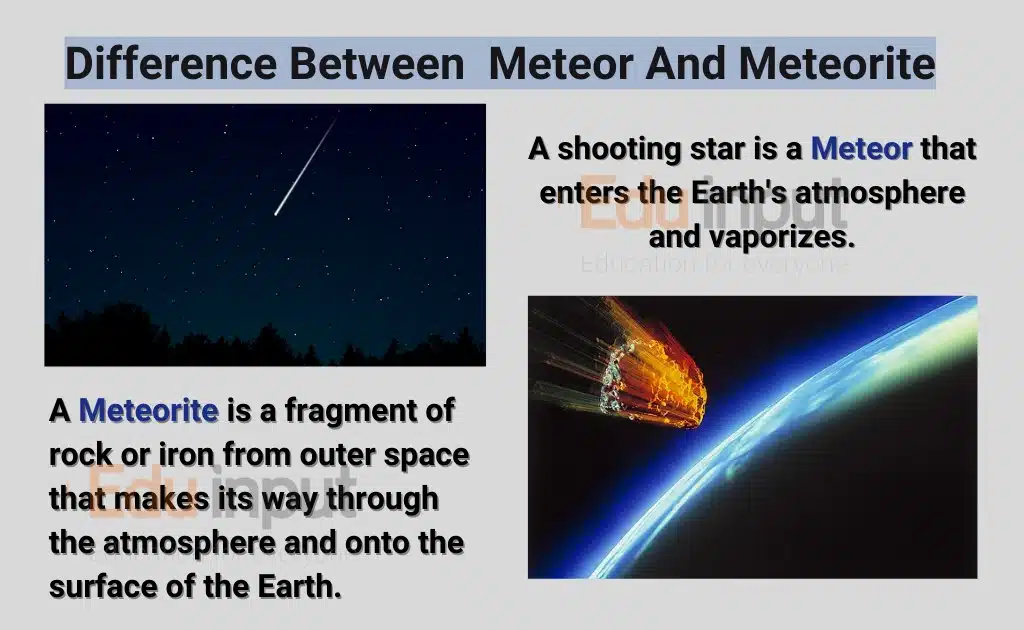Halley’s Comet-Definition, Orbit, Composition, And Structure
The Halley’s Comet or Comet Halley is a short-period comet visible from Earth every 75–79 years. It is the only known short-period comet that is regularly visible to the naked eye from Earth, and so the only naked-eye comet that can appear twice in a human lifetime.
Halley’s Comet
Halley’s comet is arguably the most famous of all comets. Comets are often mistaken for asteroids. Although they’re not technically related, a periodic comet is like an asteroid, but it returns to Earth every 75 years.
If it hasn’t been there before, it will be back here in 2061. This was named after the English astronomer Edmond Halley, who examined the reports of a comet approaching the Earth in 1531, 1607, and 1682.
It later turned out that these comets were the same returning over and over again.
Orbit and origin
Halley’s comet originated from the Kuiper Belt. Ice is pulled into the Sun by gravity, then becomes a comet, which is a comet with a tail.
This comet is classified as a short-period comet. Its orbit lasts for 20 years or less.
The comets of short-period are contrasted with those that are of long-period. Short-period comets have orbits that last only a few tens of years, while those of long-period have orbits lasting many thousands of years.
The orbit of Halley’s comet around the Sun is highly elliptical, and retrograde. It orbits the sun in the opposite direction to the other planets. Due to its retrograde orbit, its velocity is the highest relative to the Earth.
Structure and Composition
During Halley’s next pass by the sun, it will expel a jet of sublimating gases from its surface, knocking it off its orbit slightly.
This process causes the comet to produce a bright tail of ionized gas (ion tail), and a fainter one made up of dust particles. An ion tail, or a coma, is known to span up to 100,000 km across and consists of volatiles such as water, methane, ammonia, and carbon dioxide.
Despite being comatose, the comet is relatively small with a nucleus of 15 kilometers long, 8 kilometers wide, and 8 kilometers thick. Its mass is estimated to be 2.5 billion tons and it has an average density of
3.6 g/ cm.
It was observed that the gases ejected were made of 80% water, 3-4% carbon dioxide, 17 % carbon monoxide, and traces of hydrocarbons.
The last time the comet was seen was in 1986 and it is expected to be seen again in 2061 Some are choosing to prepare for the worst, which is a sign of the end of life. Some people are wondering if they’ll live long enough to witness it.







Leave a Reply